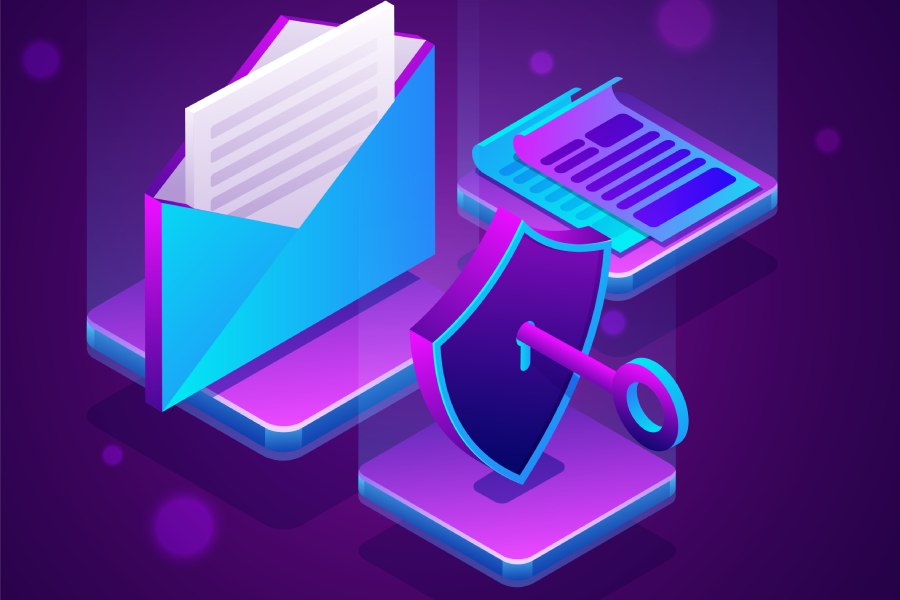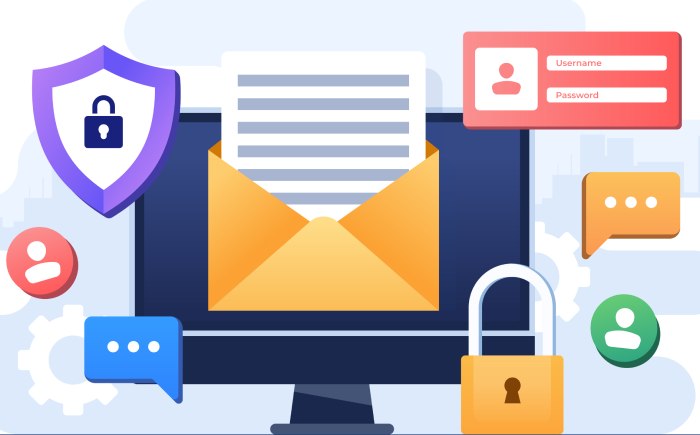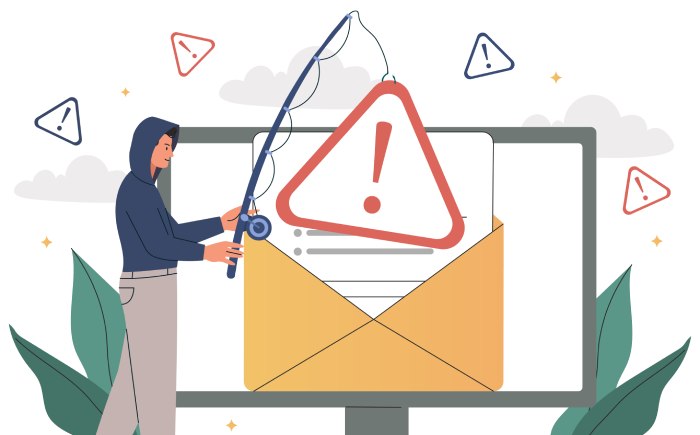No standard business in today’s world operates without an email server. Most business communication takes place through emails. It also means that a lot of sensitive, personally identifiable information (PII) remains in such organizations’ mailboxes. But a single cyberattack or security vulnerability can invite trouble not just in the form of business disruption but also as a risk of identity theft, extortion, or financial loss for all stakeholders, including employees, partners, and the most crucial part of any business – the customers.
Ensuring customer data security should always be the topmost priority of businesses. As such, enterprises should be diligent in choosing email security solutions for their businesses. Email security ensures that only authorized sources can send emails to an organization, and only approved entities can access them. Strictly following a comprehensive email security checklist that includes all critical aspects of email security can help ensure protection against threats such as phishing and ransomware for a business domain.
What Happens To A Business Without Email Security?
There is no end to the innovative list of cyberattacks that can arise if a business does not maintain a secure email server. A business email domain might receive more spam emails than pertinent ones. Phishing emails often come embedded with malicious attachments and links to fraudulent web pages that can steal users’ credentials. Spam emails are another major threat to organizations because they can cause wastage of resources and impact productivity. Business email compromise (BEC) is a particular category of phishing scams that can make organizations transfer vast sums of money to fake service providers and even trick customers.
The above graph shows that BEC scams hit the US, the UK, and Australia the worst in 2019, and the picture doesn’t look too good for other nations either. A business without email security is like a sinking ship in a turbulent tide. Therefore, organizations across the globe need to use anti-phishing services and other robust email security tools.
What Should An Email Security Checklist Include?
Choosing the right email security service provider for the business is imperative to protect it from malicious cyber scams. However, finding a solution with maximum security features is difficult without a clear idea of the organization’s security needs. The following is a comprehensive email security checklist containing all critical security aspects for a business domain:
Mail Access Restriction
With this feature, the administrator can regulate who can access the organization’s emails. It enables restricting outsiders or even insiders on unsafe networks from accessing confidential digital information of the business.
Mail Monitoring
Having a mail monitoring manager supervise all messages sent and received within and outside the organizational network ensures that no employee in possession of sensitive official data can misuse or leak it. Mail monitors regulate online interactions without notifying employees about it.
Protection Against Email Spoofing
Email Spoofing attacks can tarnish an enterprise’s goodwill, and therefore a good email security vendor must ensure safety against such attacks. It prevents scammers from sending out emails to clients or employees impersonating the enterprise email domain.
Enabling SPF
An email security solution must come with Sender Policy Framework (SPF) to ensure email spoofing protection. SPF-enabled servers only accept emails from the permitted list of server IP addresses.
Enabling DKIM
The Domain Keys Identified Mail (DKIM) is a great way to protect against spear phishing, spoofing, and other impersonation attacks. Enabling DKIM ensures that only verified or DKIM-encrypted emails get accepted. DKIM lets businesses add an encrypted digital signature to each outgoing email. It ensures that no intermediaries can meddle with the message. It gets decrypted only with the DKIM domain key of the recipients’ email server.
Enabling DMARC
Once the SPF and DKIM are enabled, businesses should look for enabling Domain-based Message Authentication, Reporting, and Conformance (DMARC). DMARC creates an additional layer of email security that restricts adversaries from impersonating a business email domain and helps verify the authenticity of sender domains.
Spam Filtering
A quick and robust spam filtering system makes an email security solution more adaptable for businesses. The reason is that manual detection of spam emails takes up a lot of productive time and poses security risks for unsuspecting employees.
Attachment Restrictions
Having the administrator regulate the types of permissible email attachment extensions is an effective email security solution. It ensures that employees neither receive nor send suspicious attachments like .cab, .exe, .bat, .jar, .vbs, .swf, etc.
Protection Against Malicious URL
A vital aspect of phishing protection is ensuring security from malicious links. Since one in every 61 emails contains malicious URLs, the auto-detection and deletion of such emails with suspicious links are preferred in an email security solution for businesses.
Throttling Policy
Having a throttling policy in place ensures that the adversaries can only do so much damage to the business. Email forwarding is one notorious act the adversaries engage in after compromising a business domain. A throttling policy restricts the number of emails each employee or sender can receive and send in a day, along with an upper limit for email forwarding.
Training Employees
Email security measures are incomplete without spending time and resources on spreading cyber awareness among employees. The employees need to be trained in identifying phishing emails and encouraged to maintain cyber hygiene while working on the enterprise network.
Final Words
Business email security is an essential parameter for ensuring the overall cyber wellness of the organization. Hence, the email security checklist presented above must be strictly adhered to by any organization based on its security needs. Apart from investing in cybersecurity services, business domains should make strategic choices in selecting email vendors because outbound SMTP, spam filtering, phishing protection, and other such security features could come free-of-cost with some vendors. A business domain must first analyze its needs and then go for an email security service accordingly.


